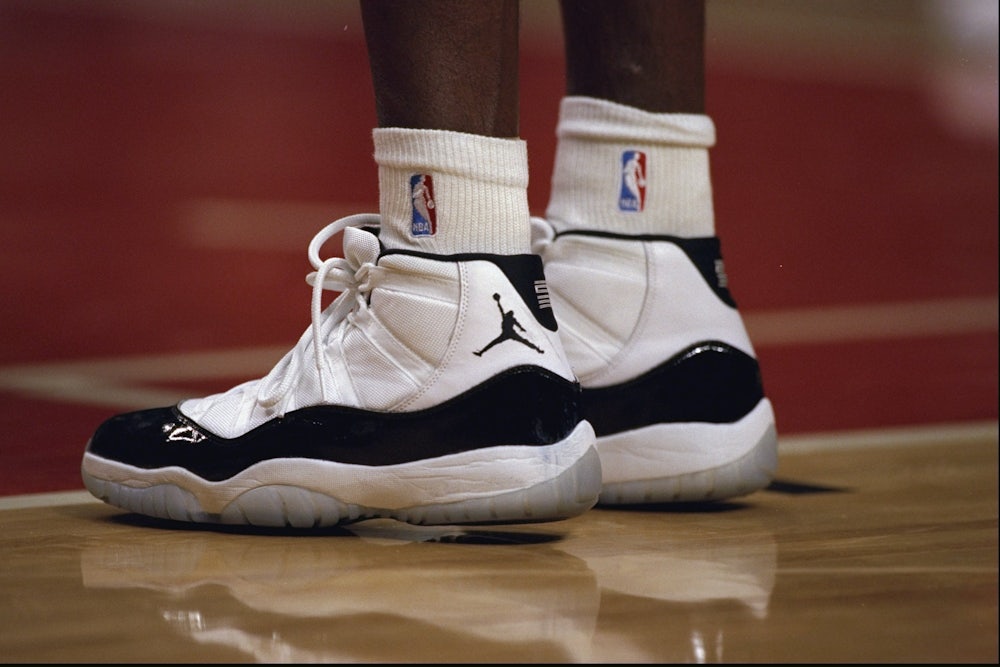If you want to know the history of basketball, start from the ground up. From Chuck Taylors to Air Jordans, the evolution of the rubber-soled shoe reveals the changing nature of the game and its place in athletic, cultural, and economic history. The sneaker industry is bigger today than ever before: By 2018, the global athletic footwear market is projected to reach $84.4 billion. In SLAM Kicks: Basketball Sneakers that Changed the Game, SLAM Magazine editor-in-chief Ben Osborne collects the iconic images that tell this story.
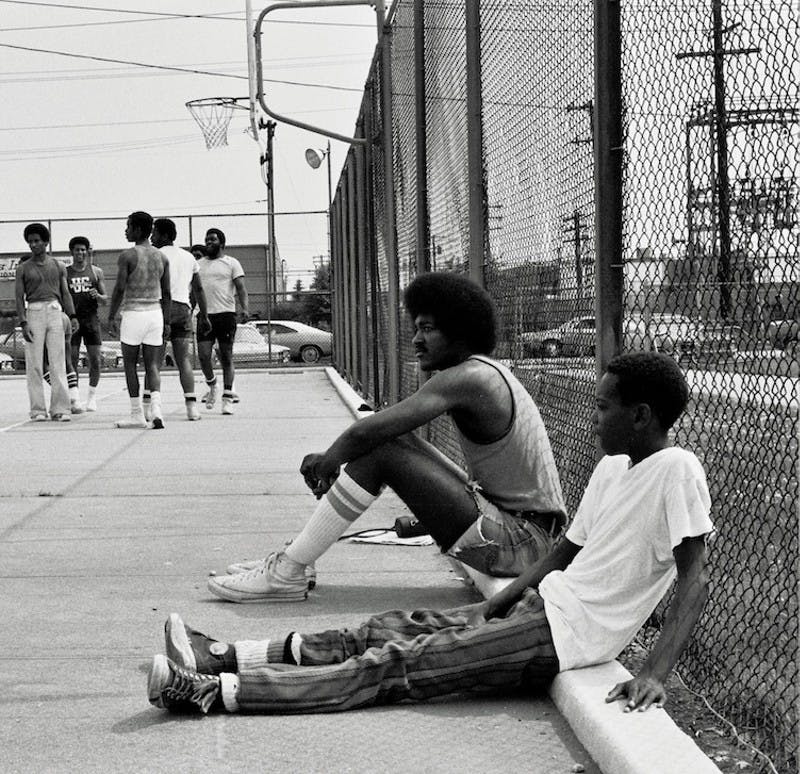
The introduction of Converse Chuck Taylor All Stars in 1917 gave rise to generations of sneakerphiles. Converse integrated player Chuck Taylor’s signature into the ankle patch when he helped the company improve the shoe’s structure in 1921. Though seldom seen on the court today, almost 100 years later, the Chuck is still popular.

The 1969 adidas Superstars attracted high-profile basketballers like Kareem Abdul Jabbar, “Pistol” Pete Maravich, and Jerry West. Shelltoes, as they came to be known, blew up when rappers Joseph “Run” Simmons, Darryl “D.M.C.” McDaniels, and Jam Master Jay sported the shoes on MTV in 1985. Run-DMC rapped about the shoe in Raising Hell’s “My Adidas”: “Now that adidas I possess for one man is rare/Myself, homeboy, got fifty pair.” Fictional hero Scott Pilgrim is still a fan today.
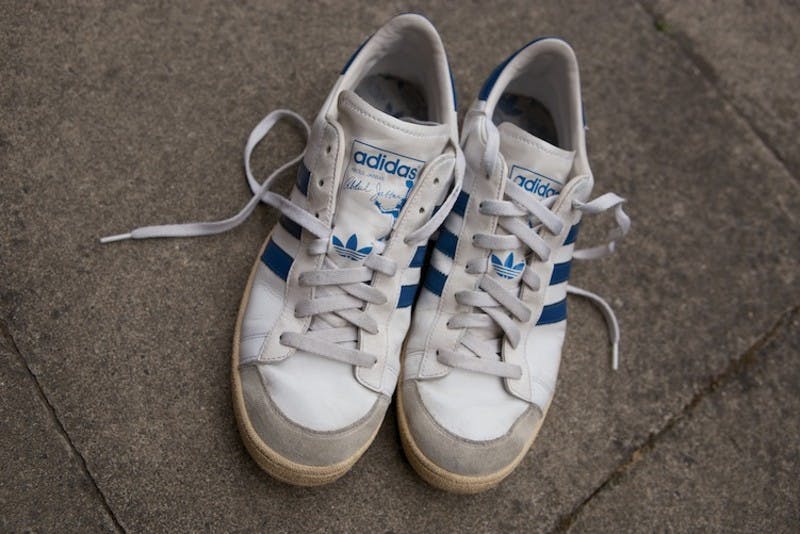
Adidas released the first player-endorsed basketball sneaker in 1971, marking the start of a new era in athlete-corporation collaboration. Emblazoned with Kareem Abdul Jabbar’s smiling face, the Jabbar set the precedent for signature player sneakers, now the norm. The same year as the Jabbar’s release, the NBA expanded from 14 to 17 teams: more teams meant more players and more signature sneakers. (Michael Jordan and Kobe Bryant are among those players who followed in Jabbar’s huge footsteps, releasing their own sneaker lines.)
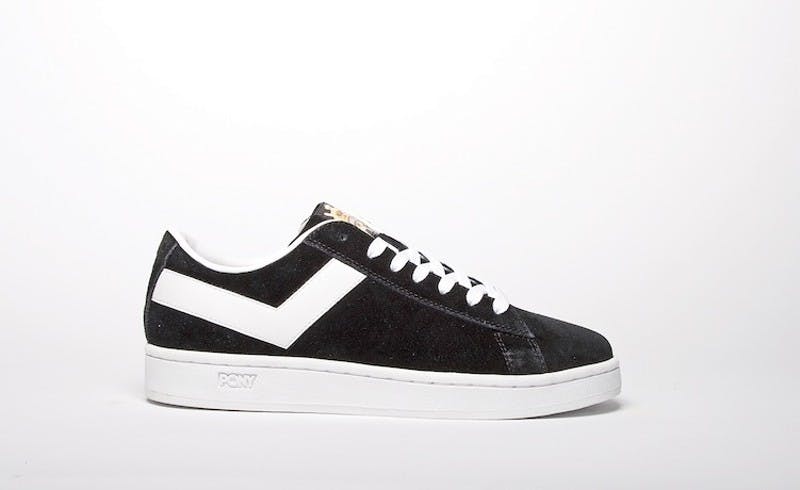
In the mid-1970s, Manhattan-based shoemaker Pony (Product of New York) gained visibility when rookie players like David Thompson and Darryl Dawkins wore them on the court. Pony was a newcomer compared to giants like adidas and Nike, but fittingly rose to prominence when the short-statured Spud Webb wore the brand in a 1986 Dunk Contest.
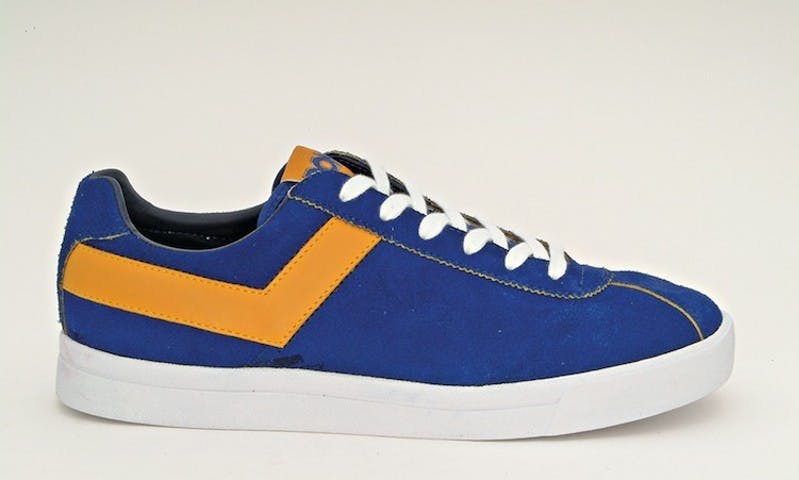
The Pony Top Star was originally released in just a few NBA colors, but became popular off the court as more colors were offered. The Top Star is still considered one of the most stylish retro-cool sneakers of all time. Pony Top Star reproductions at chains like Urban Outfitters still sell out regularly.

It’s hard to imagine a time when Nike had to elbow its way into the sneaker market, but the release of the 1973 Nike Blazer marked one of the earlierst moments that the shoemaker imprinted the signature swoosh checkmark on the collective shoe-buying consciousness. Today, the Blazer performs best off the court as a skateboarding staple.
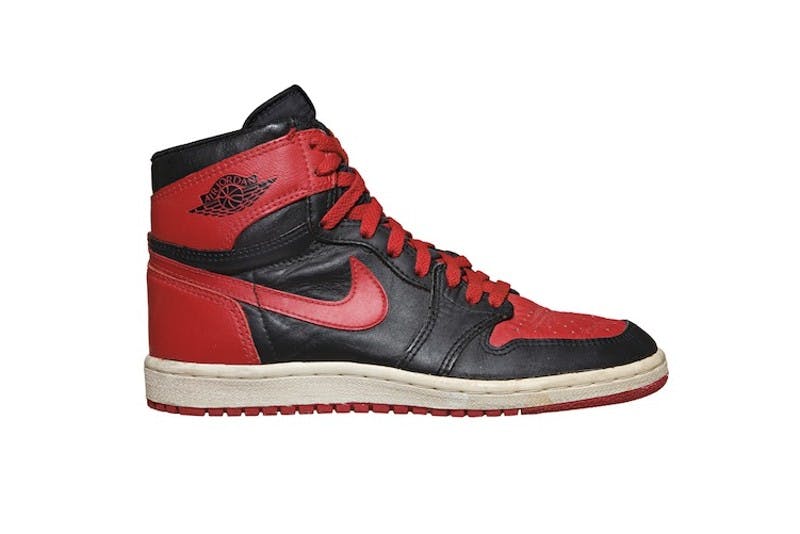
The 1985 Air Jordan 1—like its namesake—was an instant phenomenon. Bold colors and the backing of the massively charismatic Michael Jordan (as well as that “banned” commercial), redefined basketball footwear forever. The frenzied consumerism surrounding Air Jordans never abated—Nike still sells millions each year.
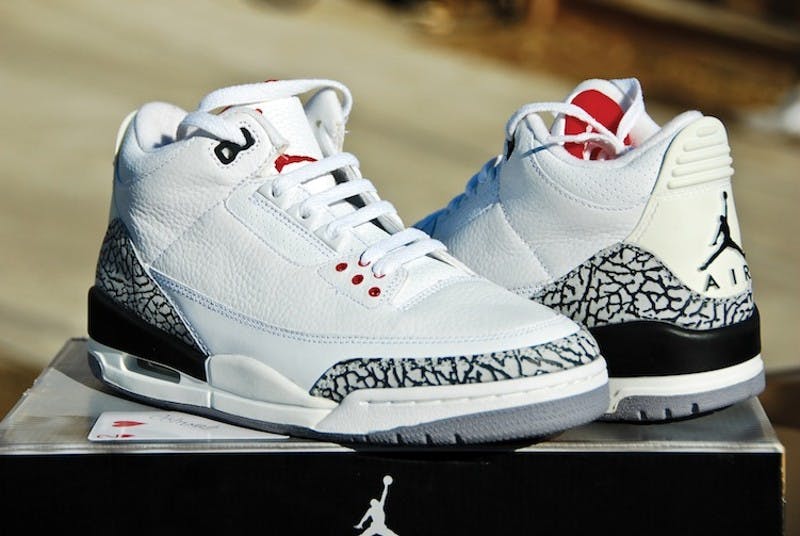
A fabled lore surrounds the release of the 1988 Air Jordan 3: MJ was considering leaving Nike, but the AJIII kept number 33 on board. The then-new Jumpman insignia is now an industry standard—by 1993, that logo was classic enough to spawn a spoof: a Space Jam/Nike campaign featuring Bugs Bunny as “Hare Jordan.”

1996 Rookie of the Year Allen Iverson lent his name to the 1996 Reebok Question. The Question’s silhouette wasn’t sleek or sexy, but it still sold, especially among young kids. The Reebok Question ushered in a new era of idol worship when Iverson crossed reigning shoe king Michael Jordan on the court wearing Reebok Questions.
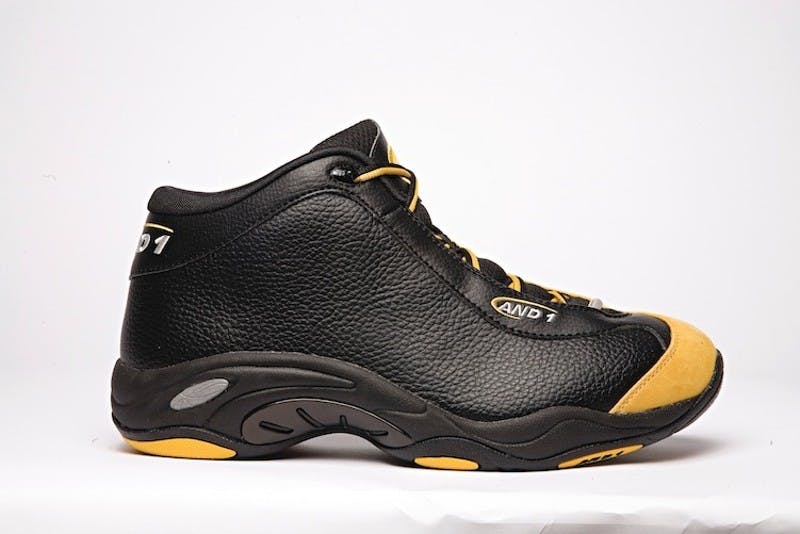
The And 1 made a name for itself among young fans by releasing signature mixtapes—videos of stylized basketball antics (think Harlem Globetrotters)—and trash-talk T-shirts, featuring phrases like “I’m the bus driver. I take everyone to school.” Ostensibly inspired by the Eastern philosophy of Yin and Yang, the And 1 Tai Chi proffered a very different ethos from the brand’s usual, badmouthing MO.
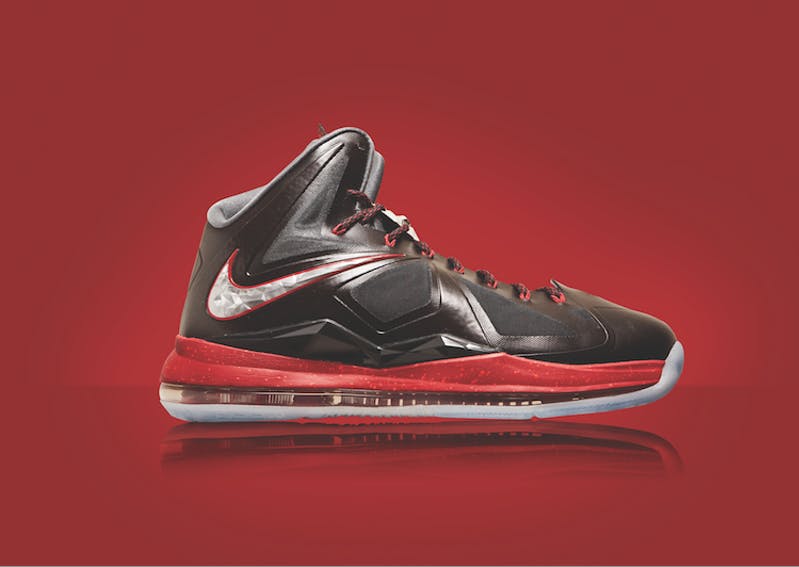
LeBron James has been very good for Nike; and Nike has been good to LeBron James. LeBron James’s tenth signature shoe, the Nike 2012 LeBron X, shows how much technology has influenced the sneaker. It comes with an optional chip that measures how high a player jumps.
